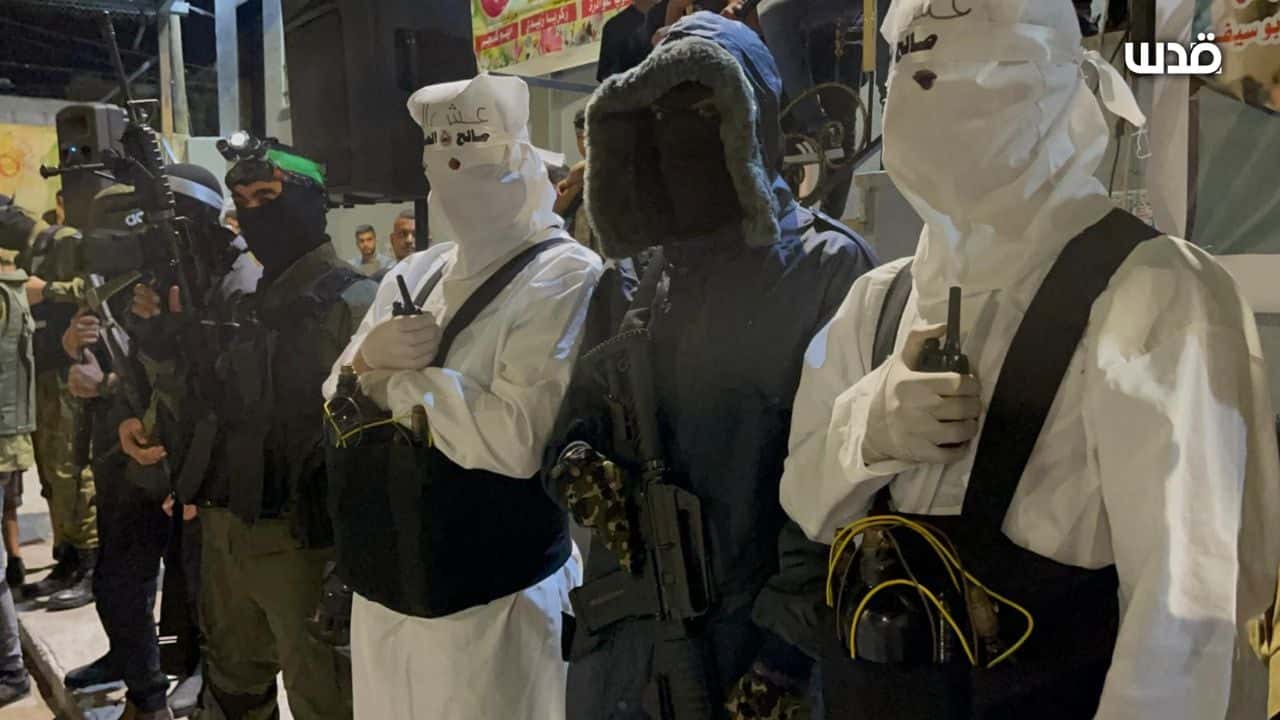
Suicide Bombers Take Part in West Bank Ceremony
Suicide bombers from al-Aqsa Martyrs Brigades make an appearance at a ceremony in the West Bank Friday night.

Suicide bombers from al-Aqsa Martyrs Brigades make an appearance at a ceremony in the West Bank Friday night.
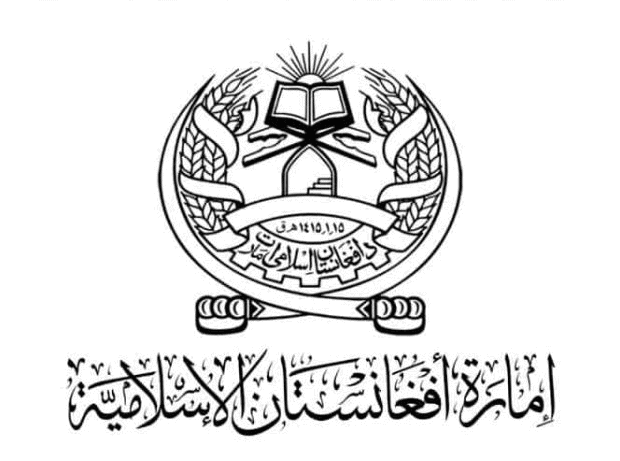
The Taliban appointed former Guantanamo Bay detainee Mullah Abdul Qayyum Zakir as a deputy minister of defense, while Ibrahim Sadr, who has worked closely with Iran in the past, was named a deputy minister of the interior for security.
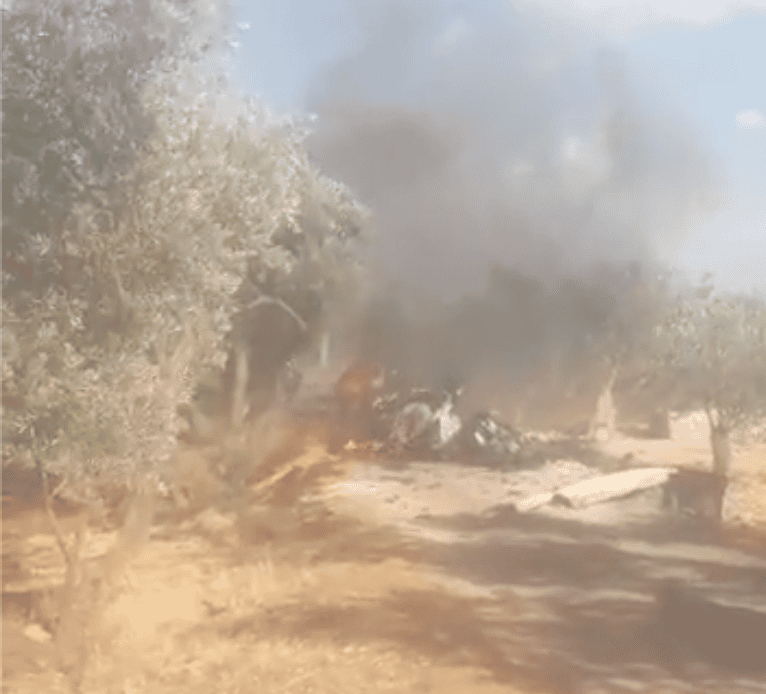
The U.S. military said it targeted a senior al Qaeda leader in Idlib province, Syria on Sept. 20, but has offered few details concerning the airstrike.
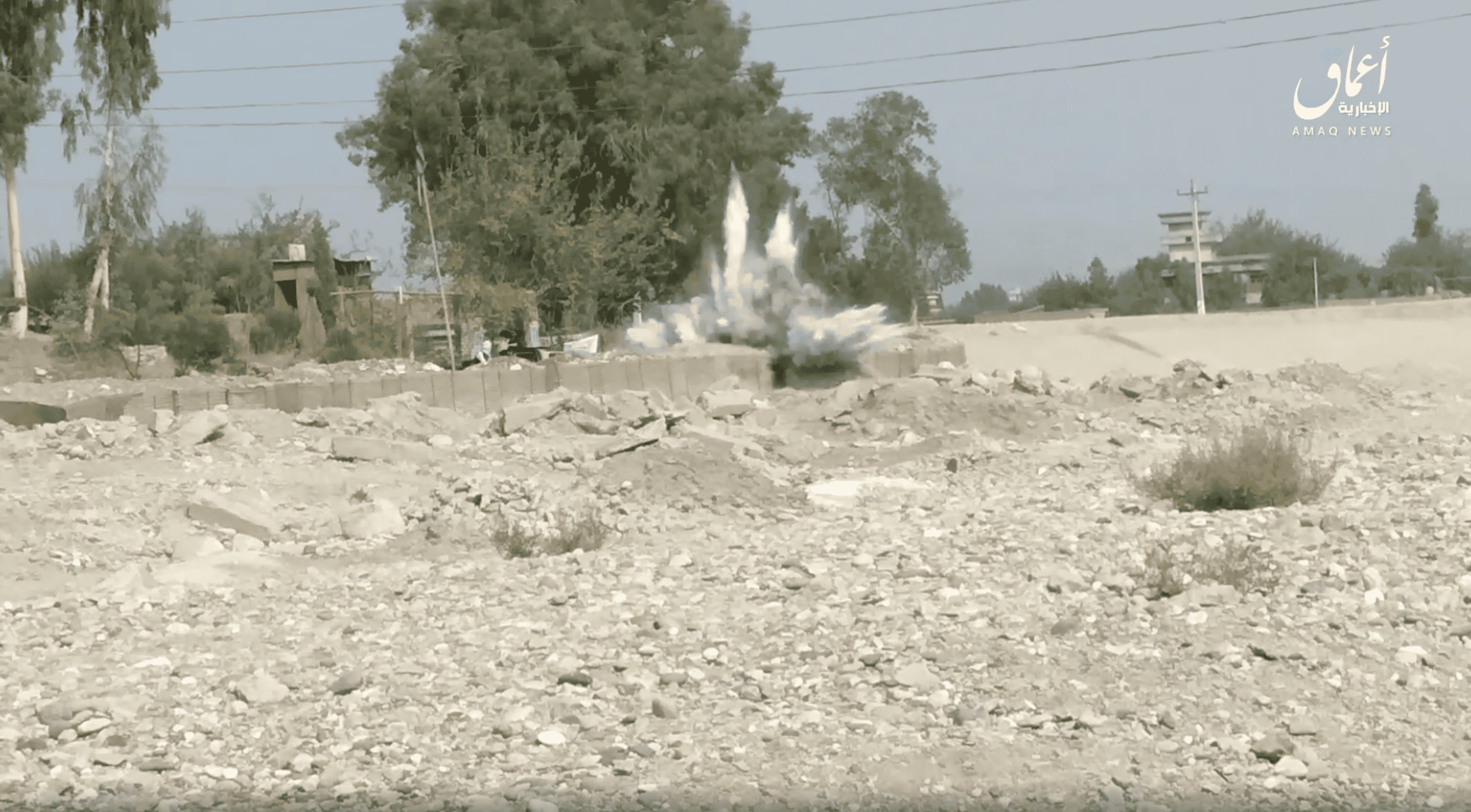
The Islamic State claims to have attacked multiple Taliban personnel and vehicles across the city of Jalalabad on Sept. 18 and 19.
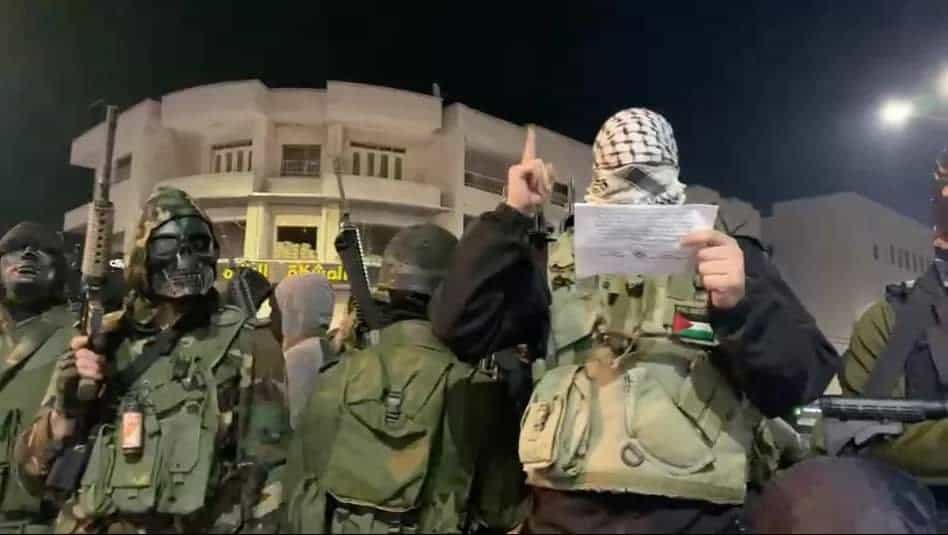
The May conflict in Gaza and the recent escape of militants from an Israeli prison have spurred militant groups to become more active in the West Bank.
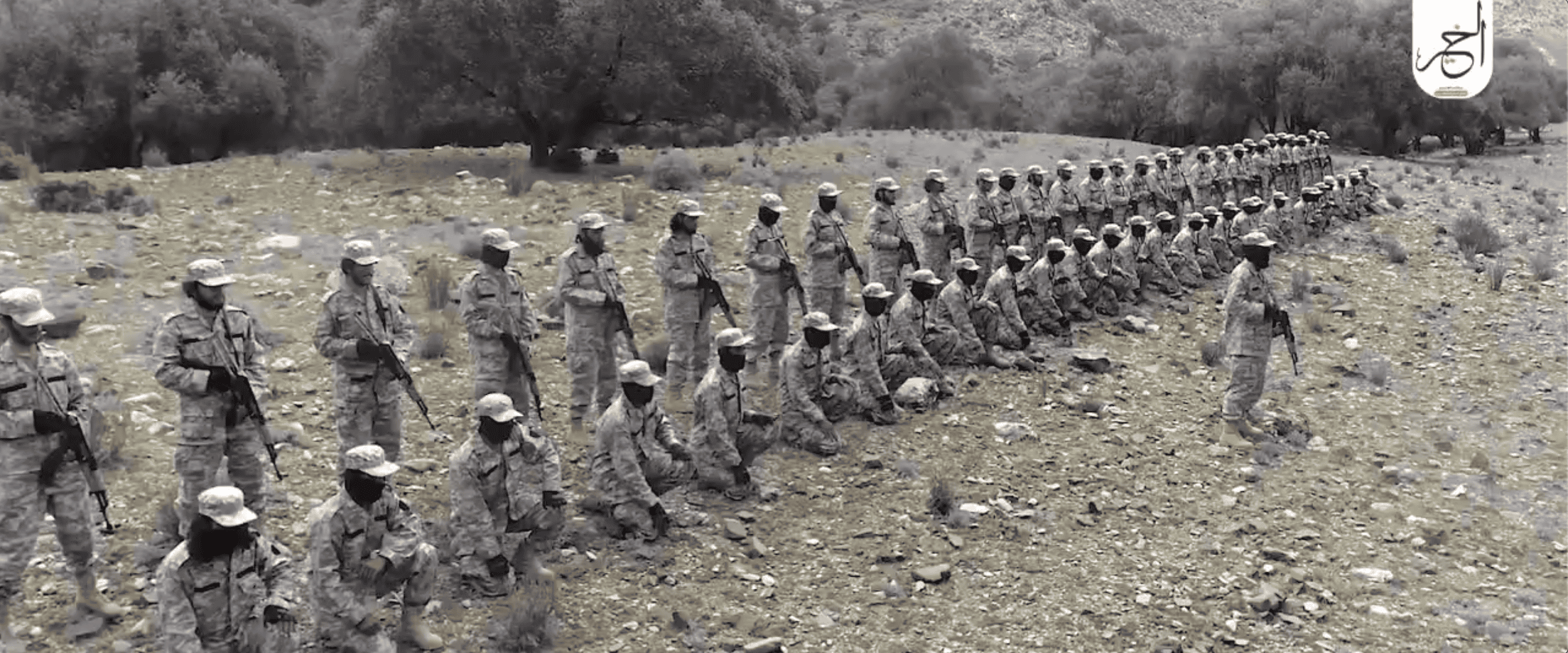
On Sept. 11, Nasher al Khayr, an al Qaeda-affiliated media outfit, released a video celebrating the jihadists’ deadliest day. The video offers a history of the 9/11 plot, stressing the importance of “idea development” and jihadist safe havens.
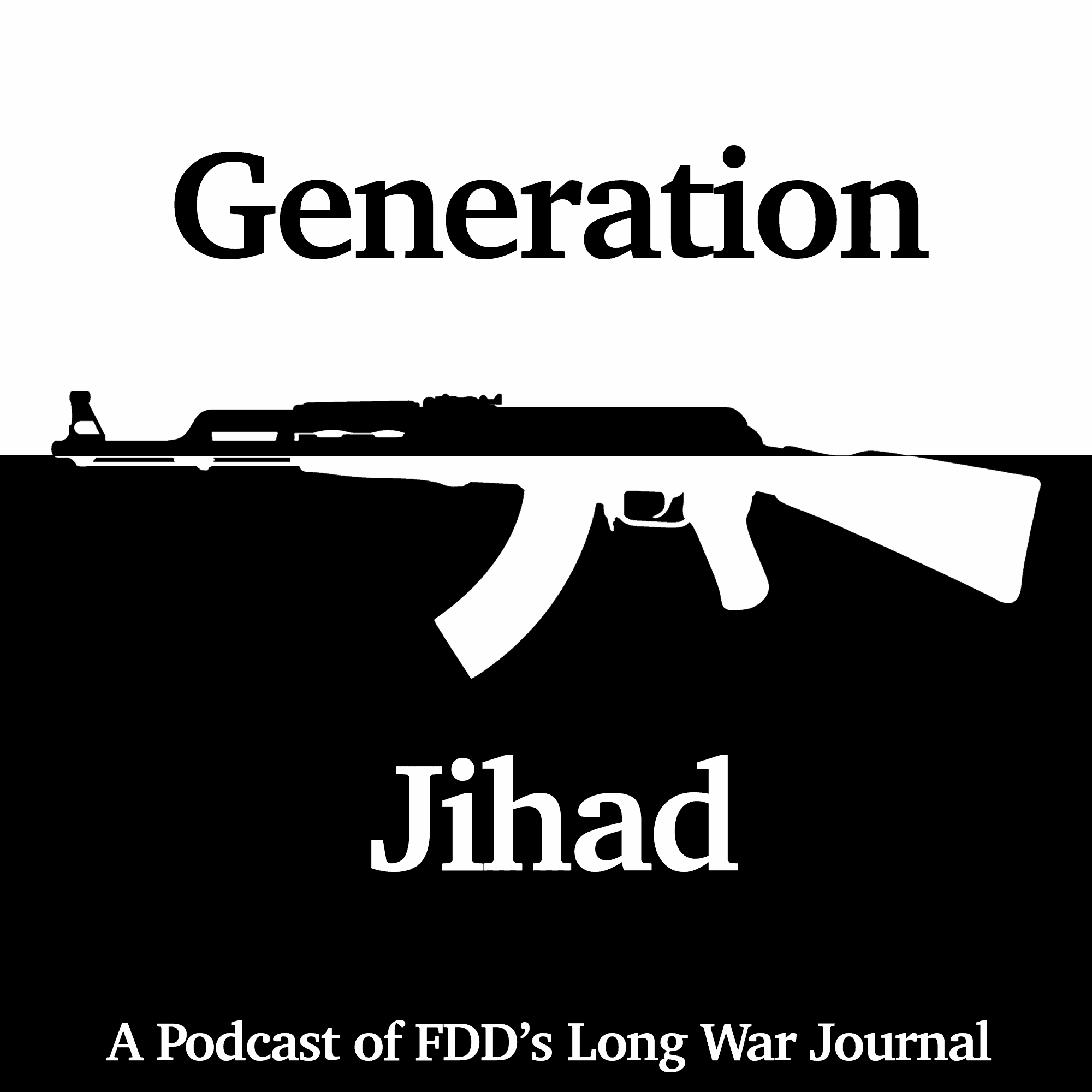
Hosts Tom and Bill continue to explore the failures in American leadership that led to the resurrection of the Taliban’s regime. Powered by RedCircle Take a look around the globe today and you’ll see jihadists fighting everywhere from West Africa to Southeast Asia. They aren’t the dominant force in all of those areas, or even […]

The U.S. Treasury Department announced that five alleged al Qaeda facilitators in Turkey have been designated as terrorists. The designation highlights the ongoing work of an old school network of Egyptian jihadists and the younger personnel in Turkey who assist them.
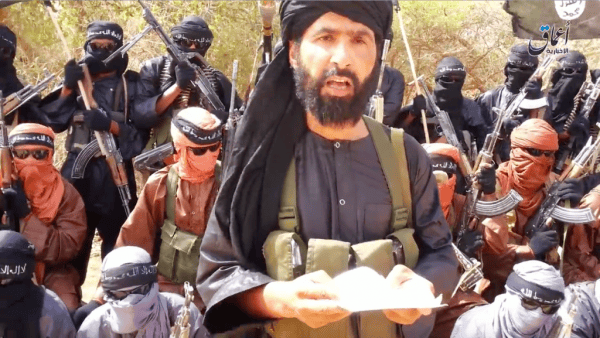
France says Abu Walid al Sahrawi, the leader of the Islamic State in the Greater Sahara, was killed in a drone strike in August. Al Sahrawi became a key figure in the global rivalry between the Islamic State and al Qaeda. His men were responsible for the Oct. 2017 ambush near Tongo Tongo, Niger that killed four U.S. soldiers.

Mullah Sangeen Zadran, a senior Taliban and Haqqani Network leader, was intricately linked to Al Qaeda. he viewed the two groups as inseparable “brothers.” The U.S. killed Sangeen and an Al Qaeda bomb maker in a drone strike in Pakistan in 2013.
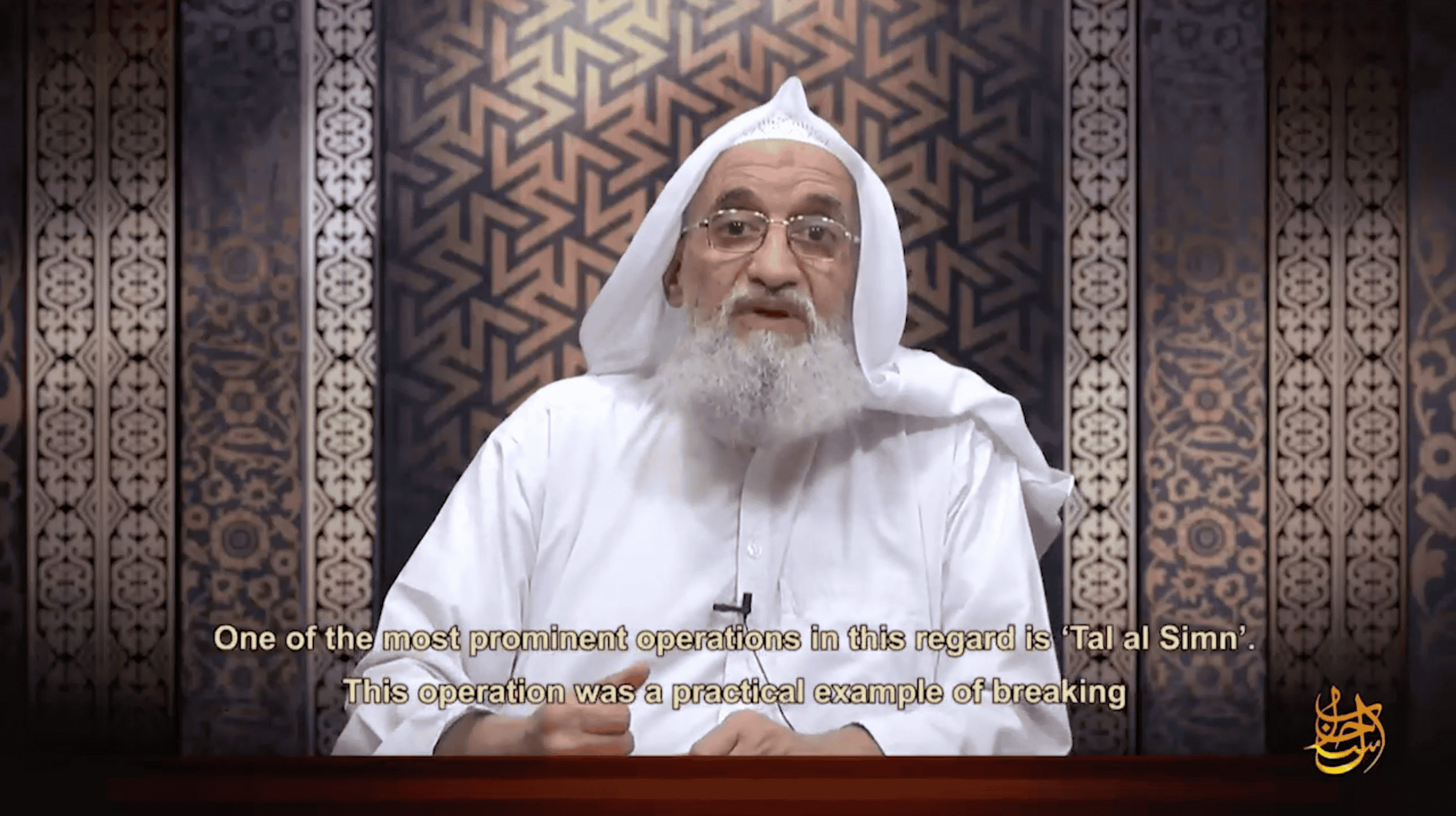
After a lengthy absence from the screen, Zawahiri returns to promote his vision for global jihad in a new video titled, “Jerusalem Will Not Be Judaized.”
While most of the Islamic State’s operations have been based inside Beni territory of Congo’s North Kivu Province, it has steadily expanded into neighboring Ituri Province since June.
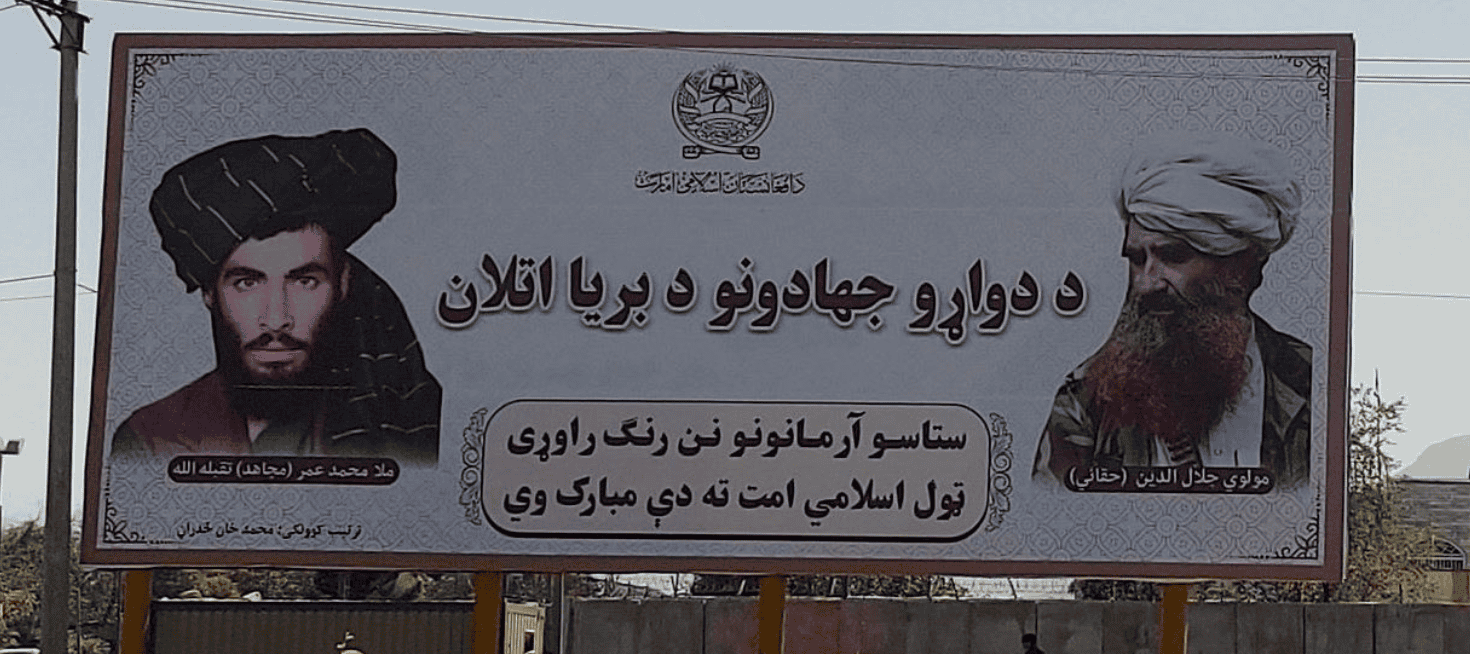
The Taliban has announced the “interim” leadership of its newly restored Islamic Emirate of Afghanistan. FDD’s Lpng War Journal profiles 22 of these figures, many of whom were sanctioned by the U.N. in 2001, are designated terrorists, or are former Guantanamo detainees. Multiple Taliban leaders have worked with al Qaeda.
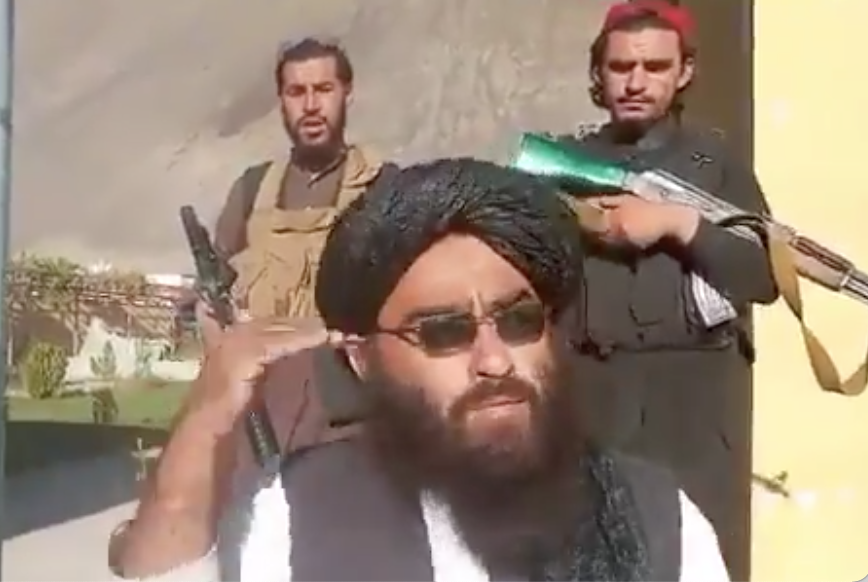
The mountainous fortress province of Panjshir fell only seven days after the Taliban launched its assault. The Taliban is now in complete control of the country, and is set to declare its Islamic Emirate of Afghanistan.
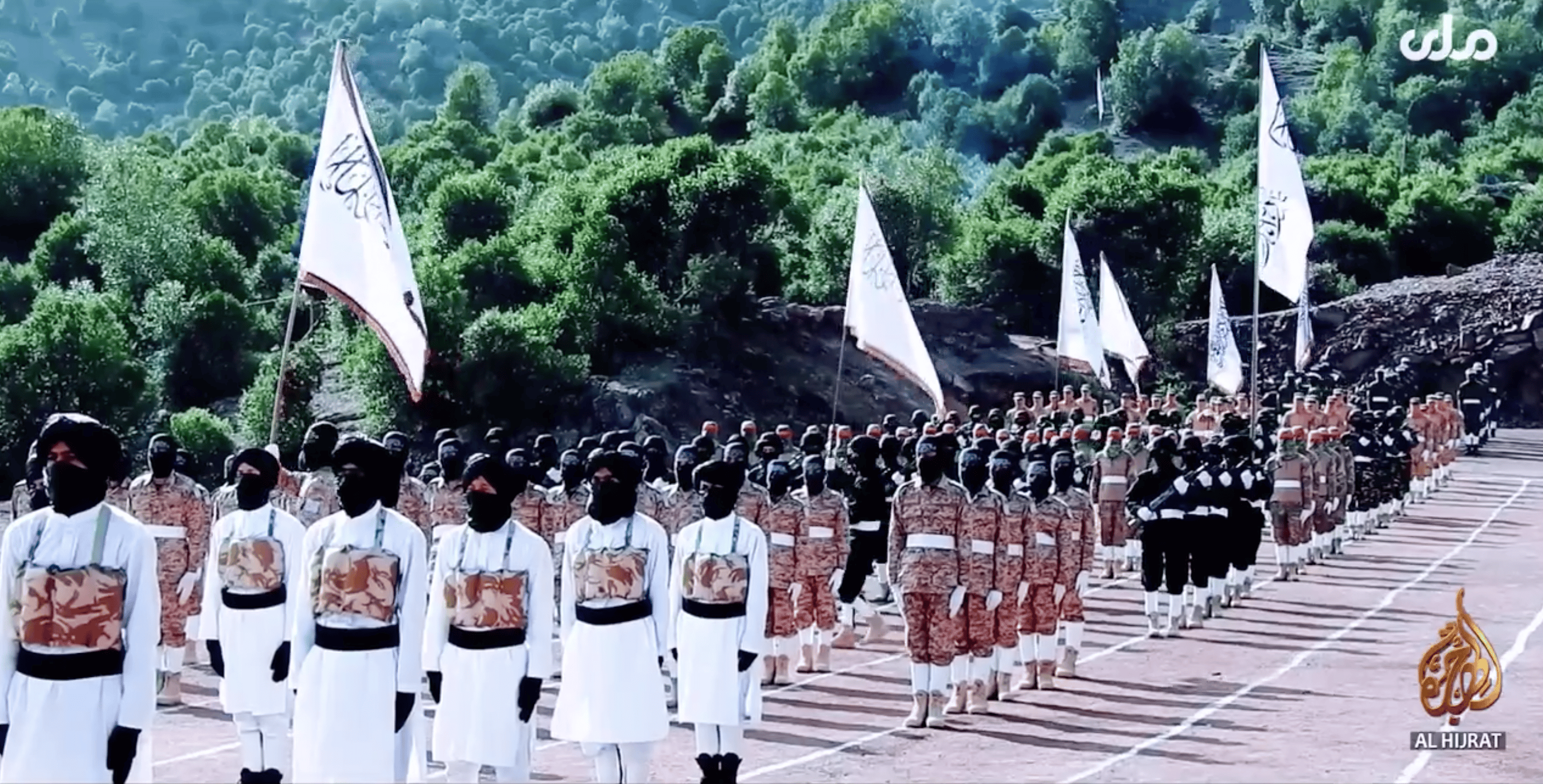
In a newly released video, “Victorious Force 3,” the Taliban blames America for the 9/11 hijackings while celebrating its own suicide squads. For the past 20 years, the Taliban has consistently blamed U.S. “policy” for 9/11 and has never accepted any responsibility for its own deep relationship with al Qaeda.
The Taliban launched attacks on three mountain passes that lead to Panjshir province, the last bastion of resistance in Afghanistan. The National Resistance Front repelled the assault.
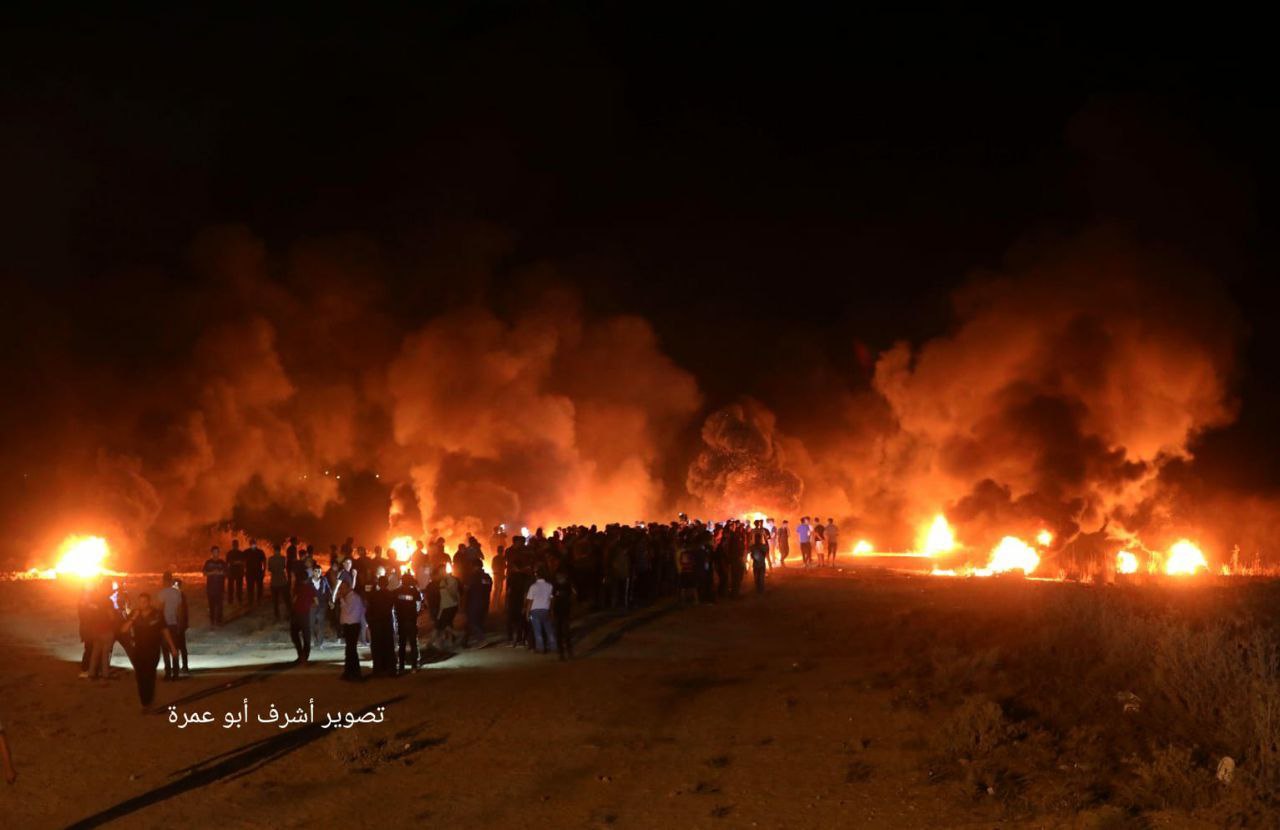
Under the guise of civilian protest, Palestinian factions have waged a military campaign at the Gaza border for more than three years in order to pressure Israel into financial concessions.
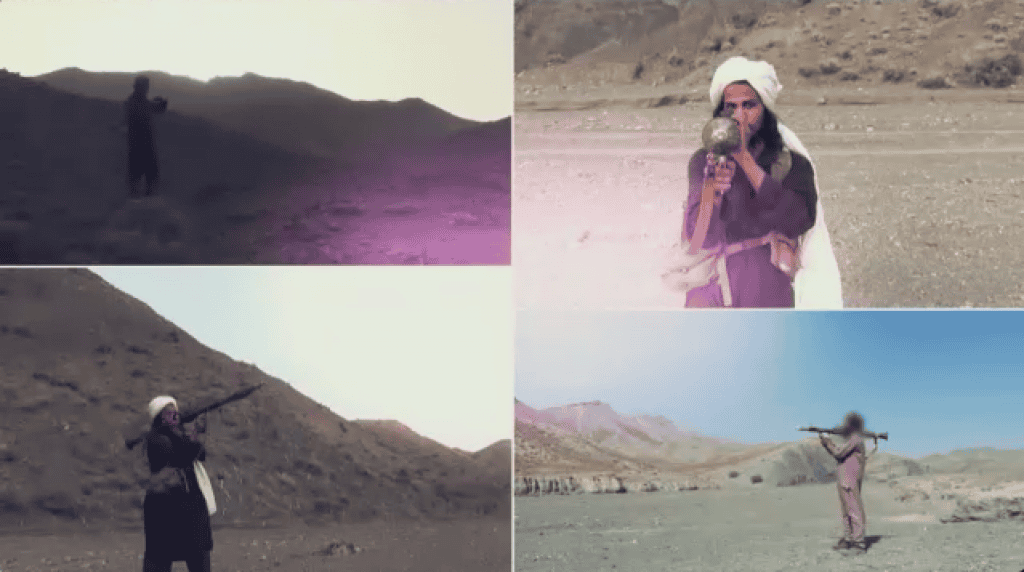
Al Qaeda’s central media arm, As Sahab, released a two-page statement praising the Taliban’s “historic victory” in Afghanistan. Al Qaeda fought alongside the Taliban to resurrect its Islamic Emirate of Afghanistan.

The video of Dr. Amin al Haq is evidence that Al Qaeda commanders now feel secure enough to appear publicly in a Taliban-controlled Afghanistan.
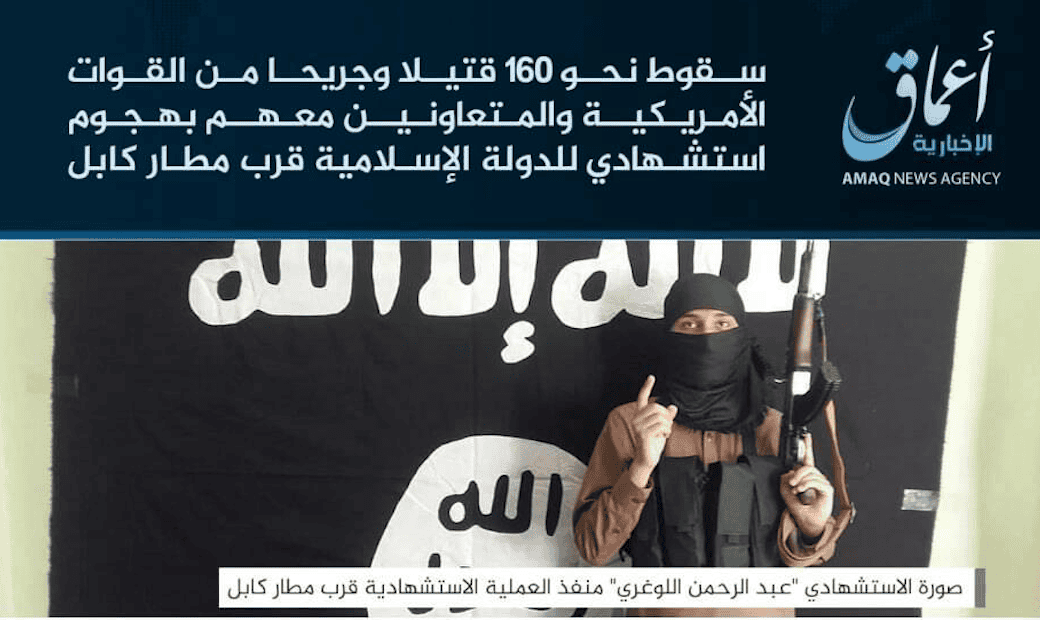
The Islamic State’s Khorasan province has claimed responsibility for a suicide bombing outside of the Kabul airport earlier today. 12 U.S. service members were killed and 15 others wounded in a pair of attacks inside the capital. Dozens of others were killed or wounded as well.
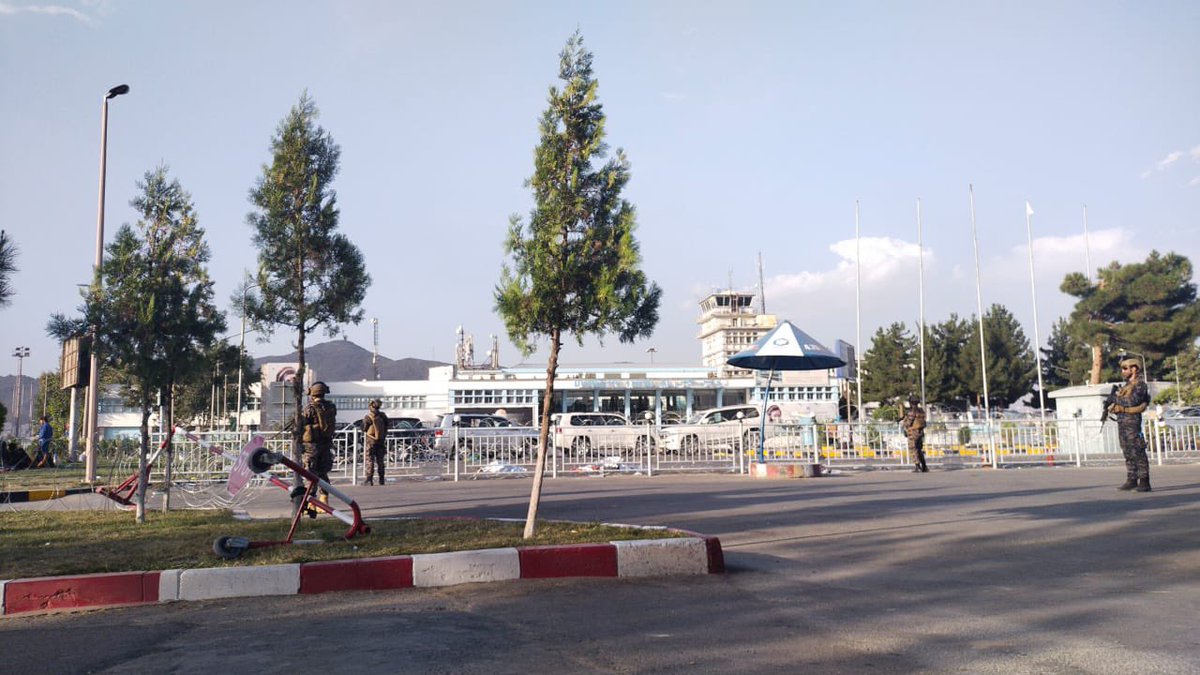
Taliban-affiliated social media accounts claim that men from the Badri 313 special forces unit are providing “security” at the Kabul airport. Badri 313 is responsible for some of the Taliban’s key battlefield successes and has also conducted complex suicide missions.
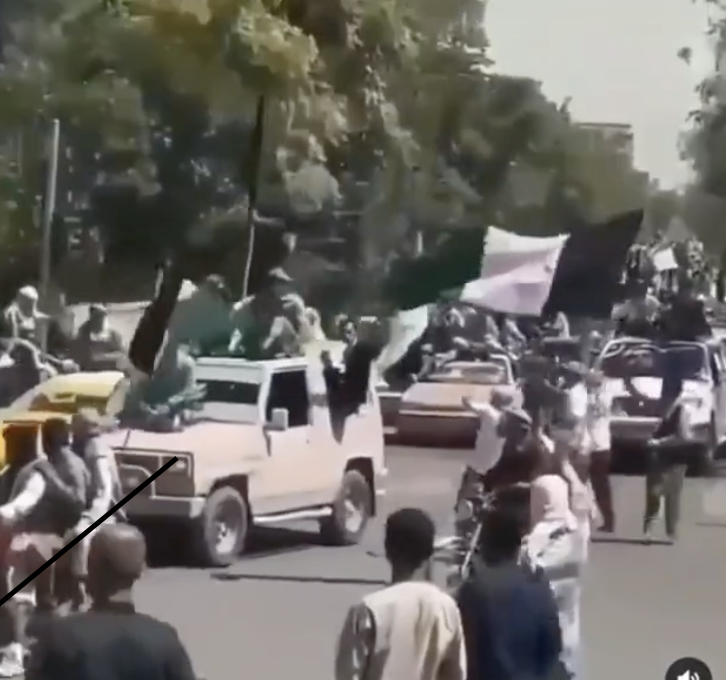
While the Panjshir resistance’s odds remain long, it stands a chance to not only divert and disrupt Taliban operations but create a groundswell of interest that could lead to a larger campaign with more sustainable momentum.

Noor Wali Mehsud has renewed the TTP’s allegiance to the Taliban’s Islamic Emirate of Afghanistan in the wake of the jihadis’ victory. The Taliban has released numerous TTP and al Qaeda figures from the former government’s prisons in recent weeks, including Faqir Mohammed.
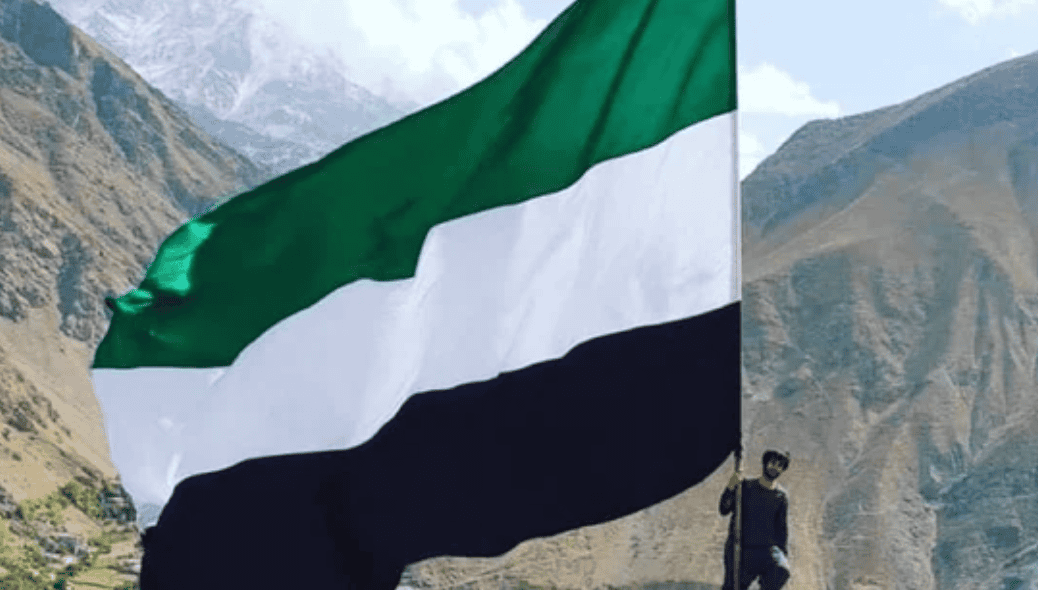
Prospects for this resistance, lead by Amrullah Saleh, are dim. He has a formidable task ahead of him and his prospects are bleak. The Taliban will seek to crush this last bastion of resistance.

Hosts Tom Joscelyn and Bill Roggio discuss the need for accountability after 20 years of failures. Powered by RedCircle Take a look around the globe today and you’ll see jihadists fighting everywhere from West Africa to Southeast Asia. They aren’t the dominant force in all of those areas, or even most of them. But jihadism […]
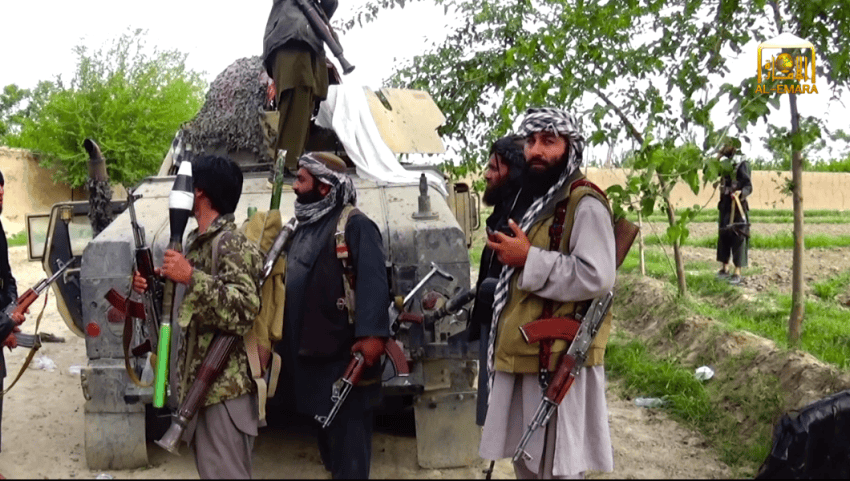
The Taliban took control of the provinces of Paktika, Paktia, Faryab, Laghman, and Kunar today, as well as Mazar-i-Sharif, Afghanistan’s second largest city. It is consolidating its control of the east in preparation for its final assault on Kabul.
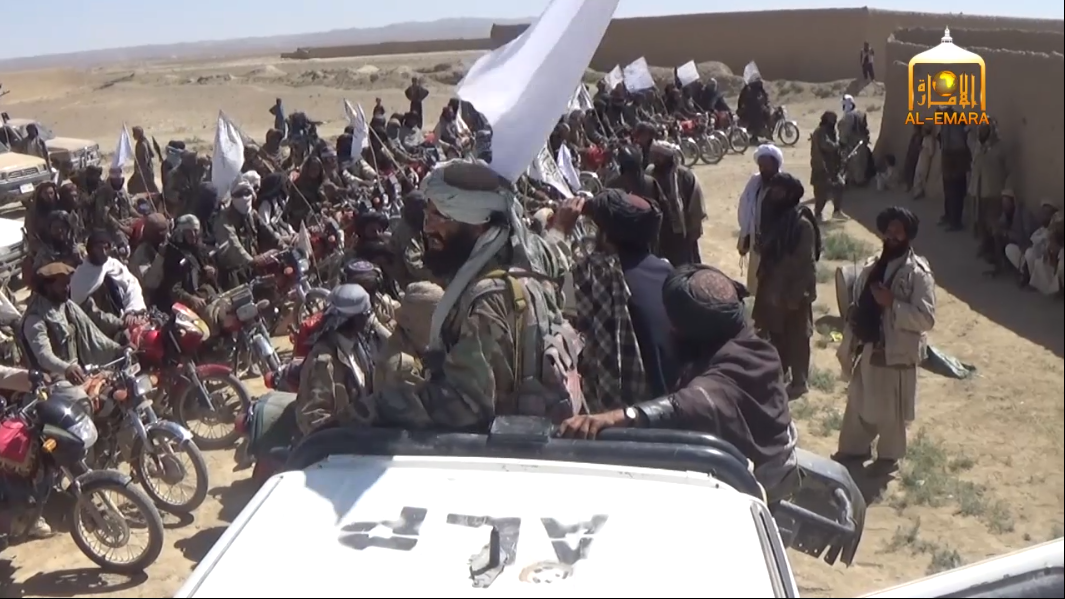
The Taliban seized control of four more provincial capitals, and cemented it control of the strategic south with the capture of Zabul and Uruzgan provinces. The road to Kabul is now open.
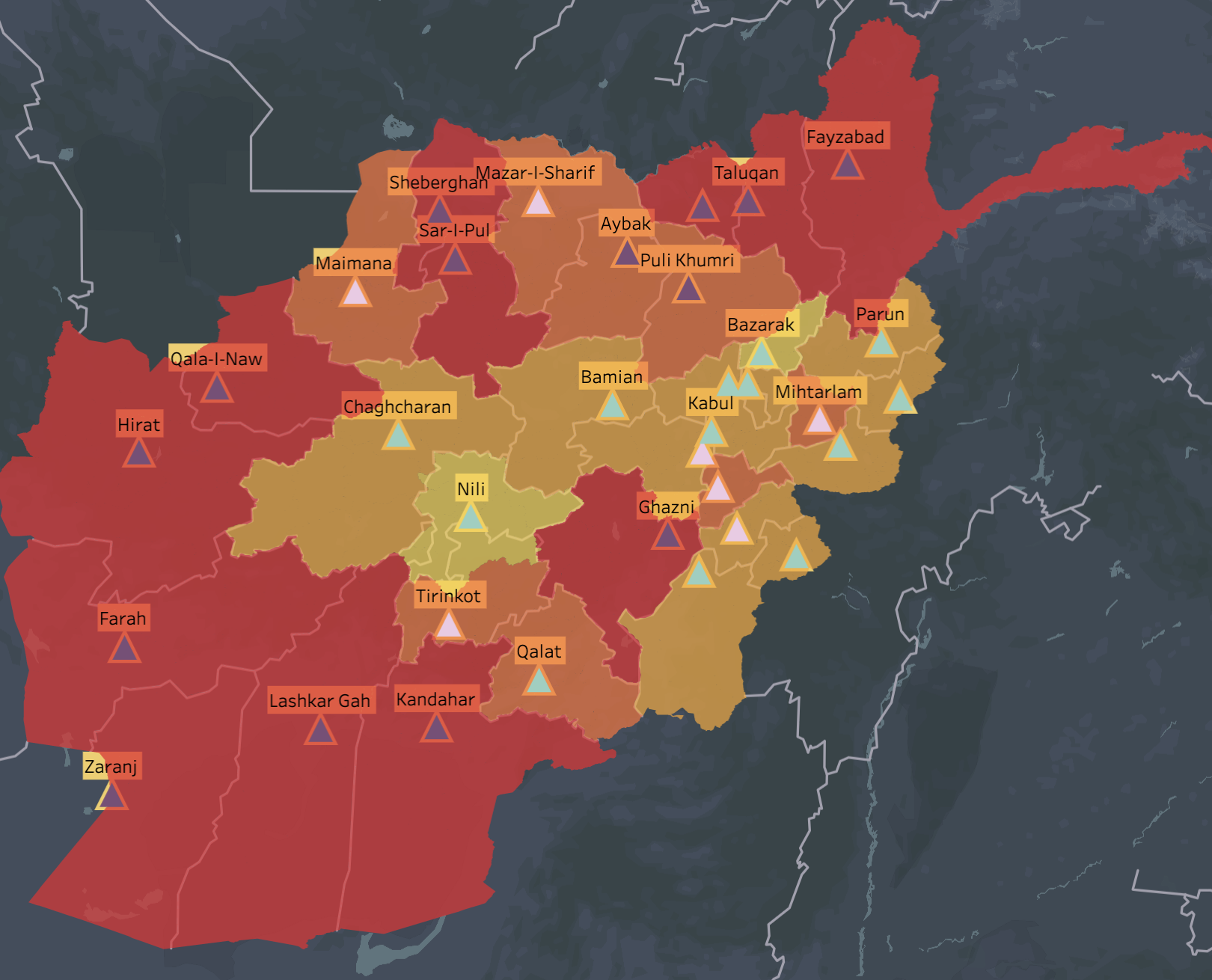
With Helmand and Kandahar provinces in the hands of the Taliban, the rest of the south will go under Taliban control in short order.
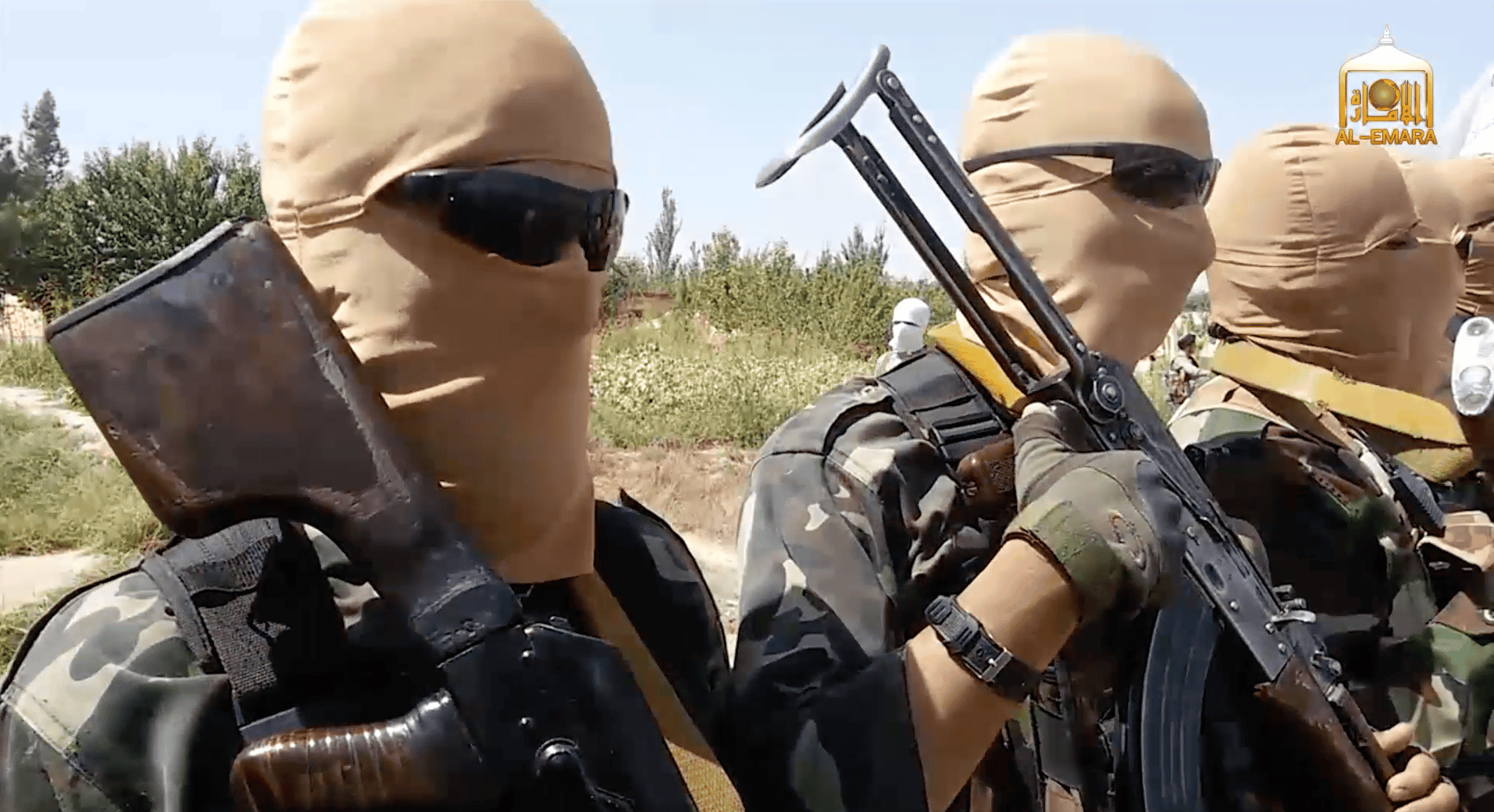
Kandahar City, the country’s second largest city collapsed after Taliban forces besieged it for more than two months. It is the third major city to and the fourth provincial capital fall to the Taliban today.
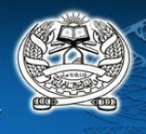
Herat City is the Taliban’s biggest victory since it began taking control of provincial capitals in late July. With the fall of Herat and Qala-i-Naw, the Taliban now fully controls the west.